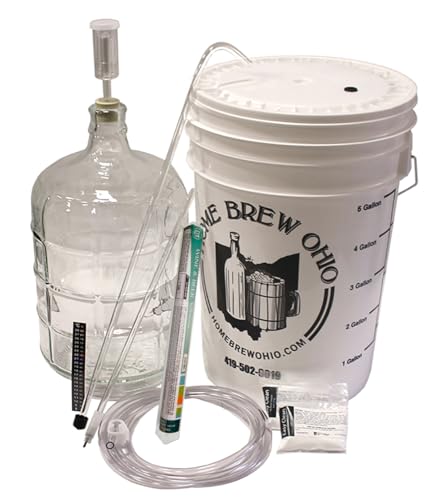Building on an older thread with a new question: I started my barrel journey with a smaller format, fresh dump bourbon barrel (~6+ gal), having several wines aging in carboys and ready to rotate through. Ultimately, I put three wines through in the past year, each wine was only in the barrel for ~4 months before developing some level of bourbon taste. At this time, I have one very nice "bourbon barrel red blend" bottled and two more "sigh, bourbon essence, again?" outcomes. Tiring of wines quickly developing the same ambience, I recently emptied the barrel and filled with a holding solution (k-meta and citric acid). While I hold out hope that the 'sameness' of the barrel reds will mellow and change over time, I am hesitant to put anything else in the barrel until I am more confident it truly neutral (bourbon as well as oak).
Thoughts on how long to leave the holding solution in place before trying again? My alternate option is to buy a second barrel (new, not fresh-dumped) and focus on moving wine through the new oak (eventually bringing the fresh dump back on-line over time).
Thoughts on how long to leave the holding solution in place before trying again? My alternate option is to buy a second barrel (new, not fresh-dumped) and focus on moving wine through the new oak (eventually bringing the fresh dump back on-line over time).











































